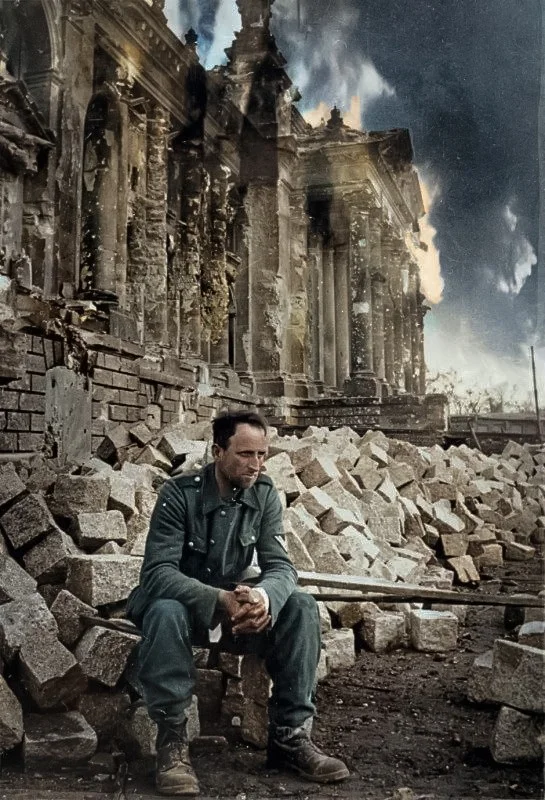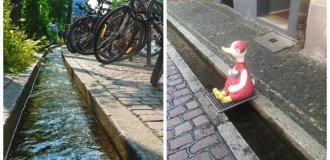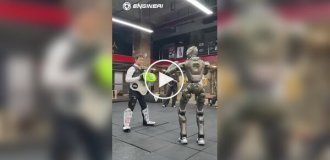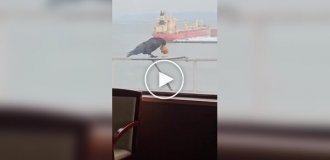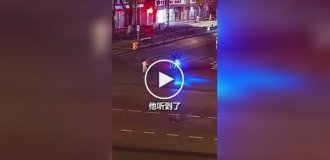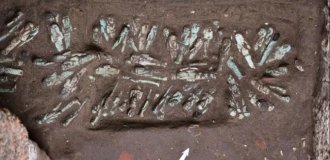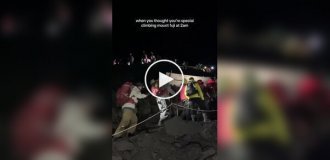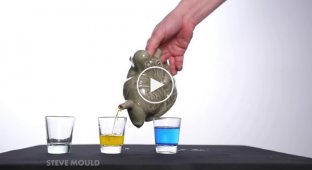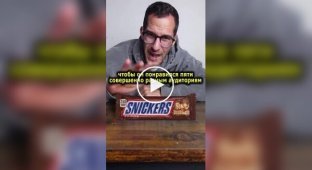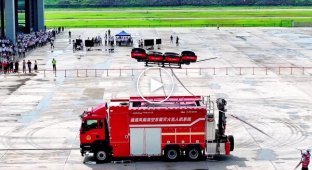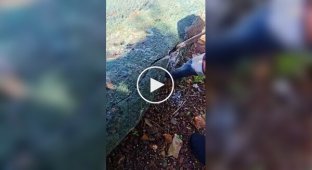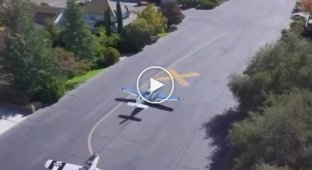Rare and interesting photo materials from the fronts of World War II (21 photos)
Each frame is not just a snapshot, but a true testimony of the era, conveying the tension of the front days, the severity of the trials in the rear and the incredible fortitude of those who did not break under the weight of circumstances. 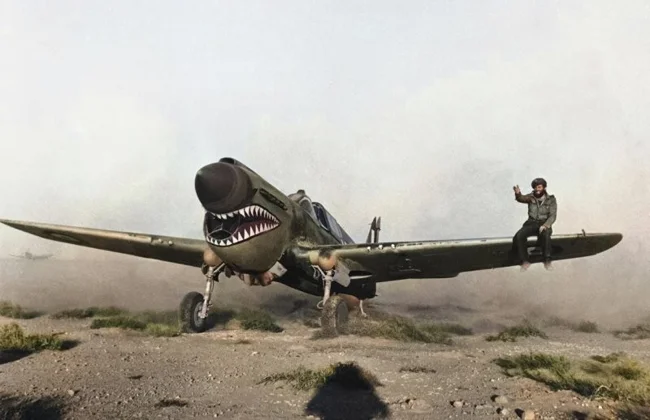
Elephant "Mary", 25, from Burma, and "Kieri", 35, from Ceylon, help clear the bombing sites in bombed-out Hamburg. November 1945.
They can easily lift 3,000 pounds (1,360 kilograms). 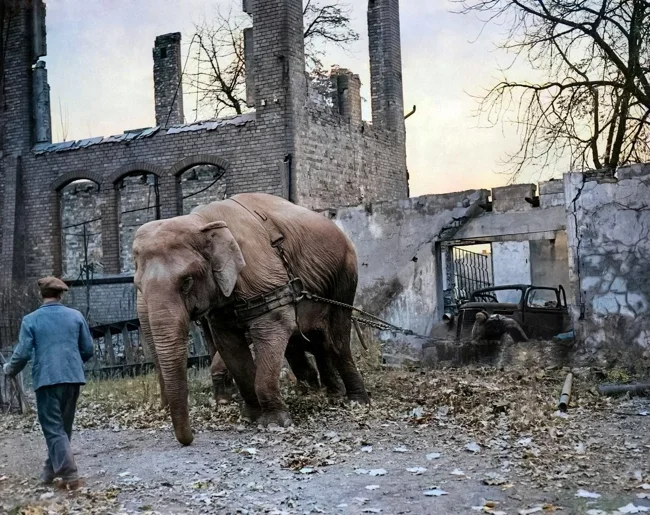
Lublin Ghetto. Poland, 1940s.
During World War II, the city of Lublin in eastern Poland became the site of a terrible tragedy - one of many Jewish ghettos created by Nazi Germany during the Holocaust was organized here.
Since the early 1940s, the Jewish population of Lublin was herded into overcrowded areas of the city, cut off from the outside world. People lived in terrible conditions: unsanitary conditions, hunger, disease, constant fear for their lives. The ghetto space was literally packed with people - several families in one room.
The ghetto was only a temporary step before mass extermination. In 1942, its liquidation began - thousands of people were sent to the Treblinka death camp, where most died in gas chambers. Almost the entire Jewish population of Lublin was exterminated in this way. 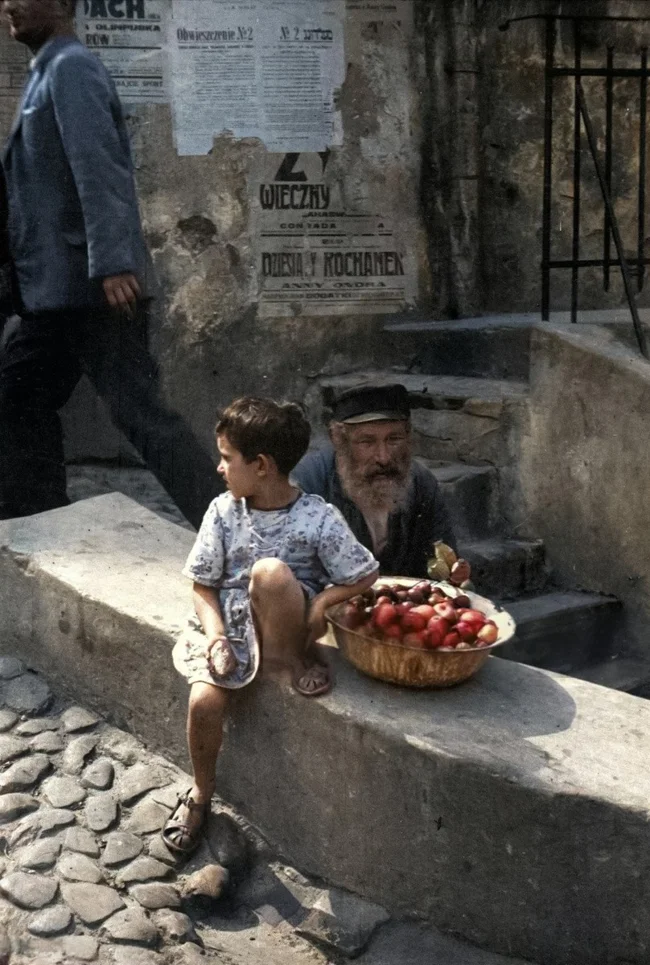
British soldiers after liberation from Japanese captivity in Singapore, 1945. 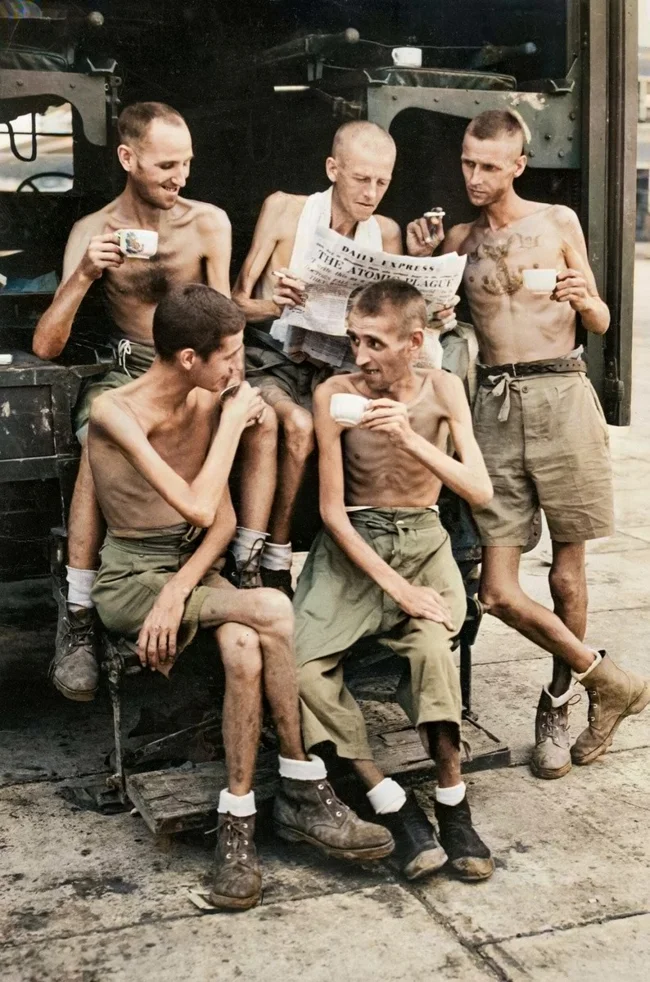
Freiburg, Germany, 1945. 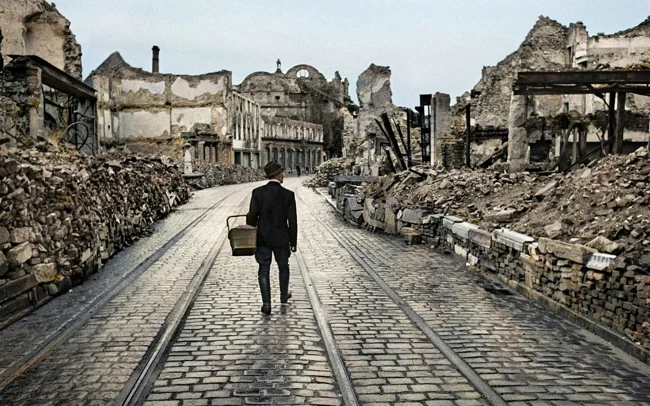
American tanker Wally Rajib washes clothes in a homemade washing machine. New Guinea, 1942. 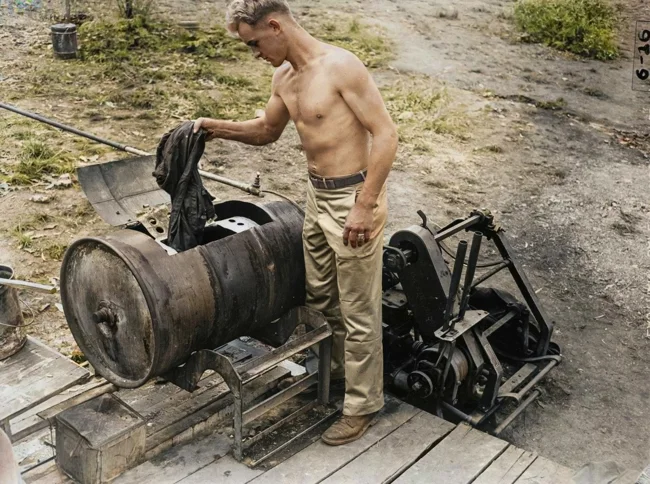
A family of refugees. France, 1939-1945. 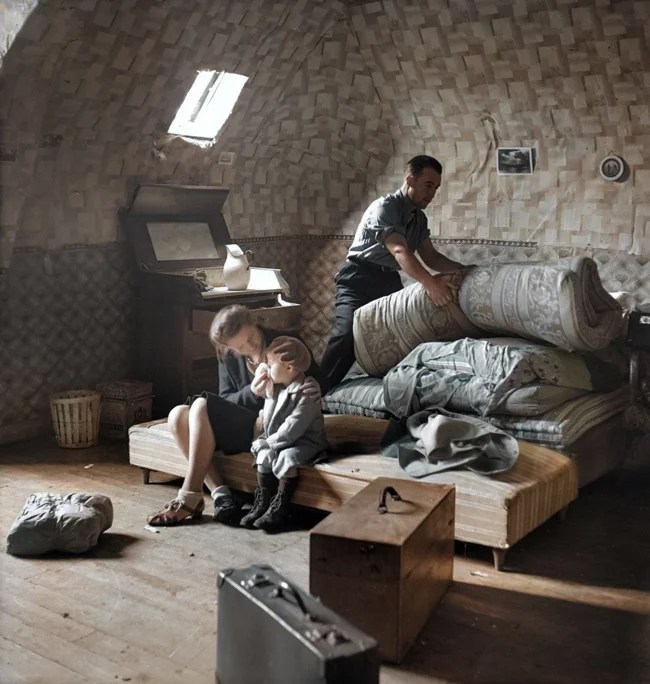
The Ford GPA is an amphibious vehicle produced by Ford from 1942 to 1943. The vehicle was designed to support reconnaissance units and to carry out engineering work on water. 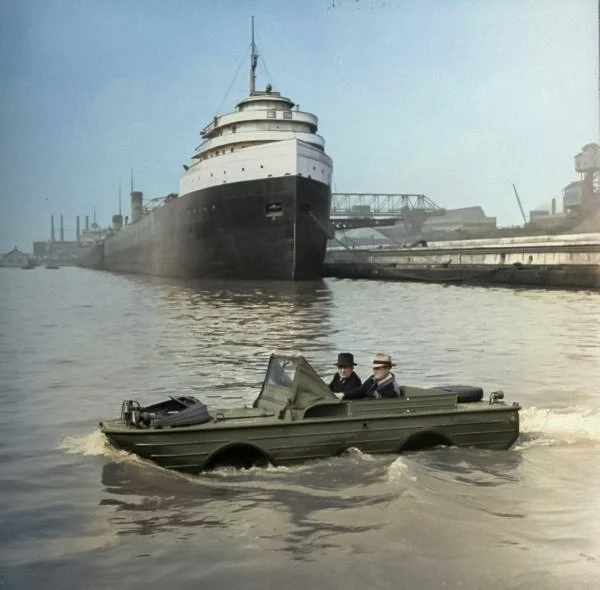
An aircraft mechanic, indicating the direction of movement, assists the pilot of a Curtiss P-40 Kittyhawk Mk.I fighter of the 112th Squadron RAF "Sharknose" in maneuvering on a desert airfield in North Africa. 1942. 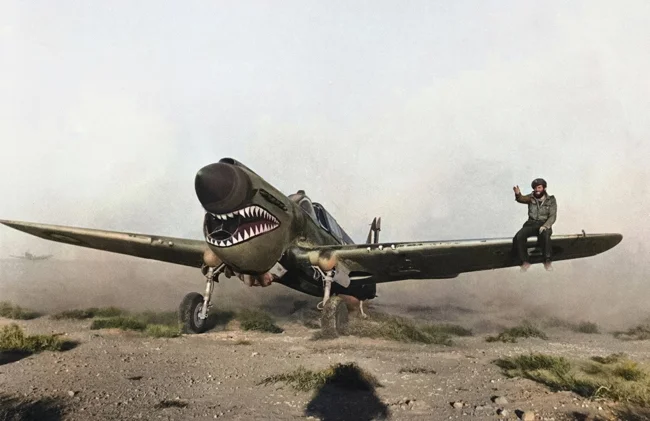
A gypsy woman with typhus in the Bergen-Belsen concentration camp waits with other gypsies for medical care, April 1945.
60,000 civilian prisoners were found in the camp, many of whom suffered from typhus and dysentery. Thousands were already dead. 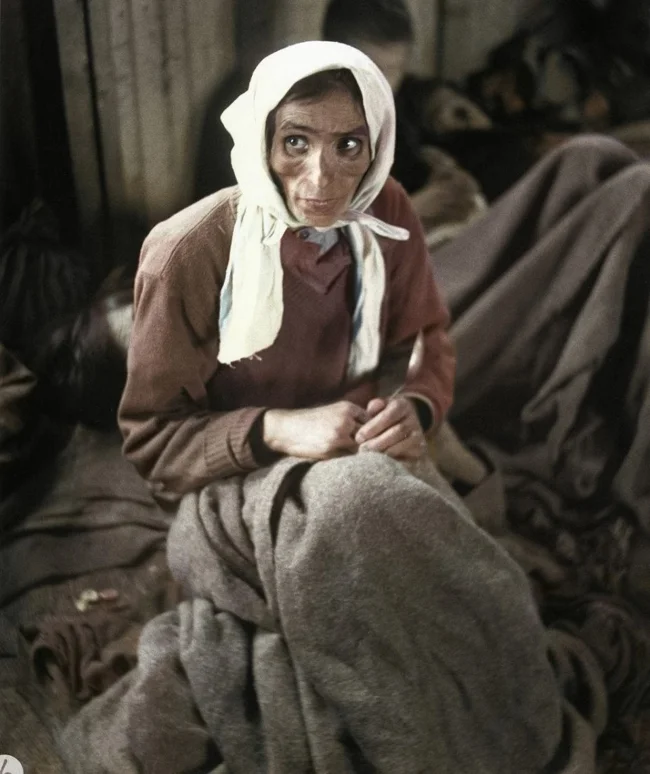
Hawaii, Pearl Harbor, 1942.
Dismantling the main caliber turrets from the American battleship Arizona (BB-39) sunk on December 7, 1941 as a result of the Japanese attack on Pearl Harbor.
December 7, 1941 was a sharp turning point in World War II. The Japanese Empire suddenly and without declaring war launched a massive airstrike on the main US naval base, Pearl Harbor, located in Hawaii.
With the first rays of the sun, hundreds of Japanese aircraft attacked the American Pacific Fleet. In a matter of hours, dozens of ships were sunk or damaged, more than 300 aircraft were destroyed. Almost 2,400 American soldiers were killed, and another 1,200 were wounded. 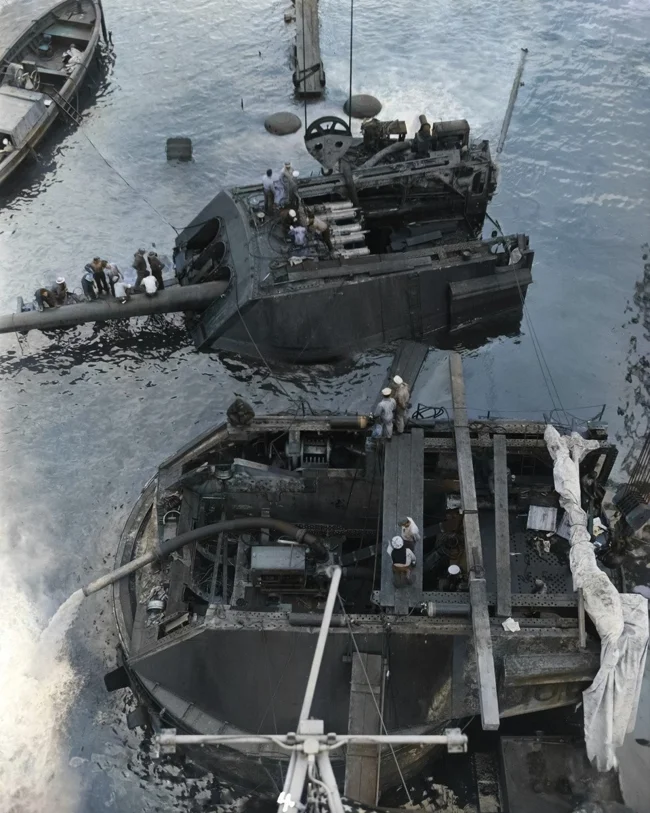
A naked crew member during a US Navy rescue mission, 1944.
In the heat of a rescue mission in Rabaul Bay, photographer Horace Bristol captured an unusual, almost erotic shot of World War II: a naked gunner returning to duty immediately after jumping into the water.
The sailor took off all his clothes to more quickly and effectively rescue a badly burned pilot shot down by the Japanese. The jump, the rescue, the naked hero - all this was captured in the frame. A story where courage meets human nakedness, and war froze for a moment in the face of simple human kindness. 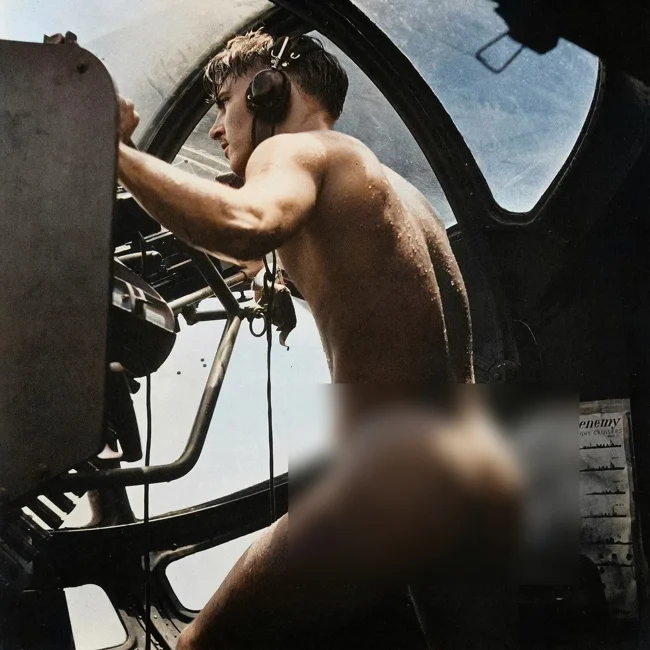
A German service dog carrying a canteen, bandages and ammunition, 1939-1945. 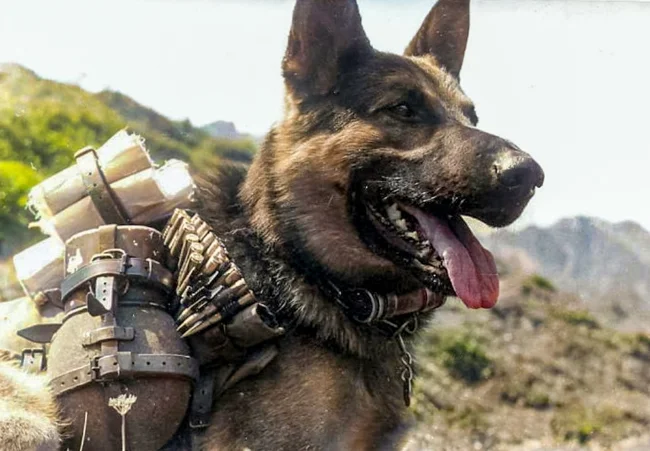
Polish refugees in Iran, 1942.
From the source: Portrait of the adult daughter of the Kowalski family, refugees from Poland, resting during a walk from the Soviet Union through the mountains to Iran. She is one of the Polish citizens deported to Siberia by the Soviets in 1939, now released from Soviet captivity and allowed to evacuate to the British-held zone with the main forces of the future 2nd Polish Corps, 6 November 1942. 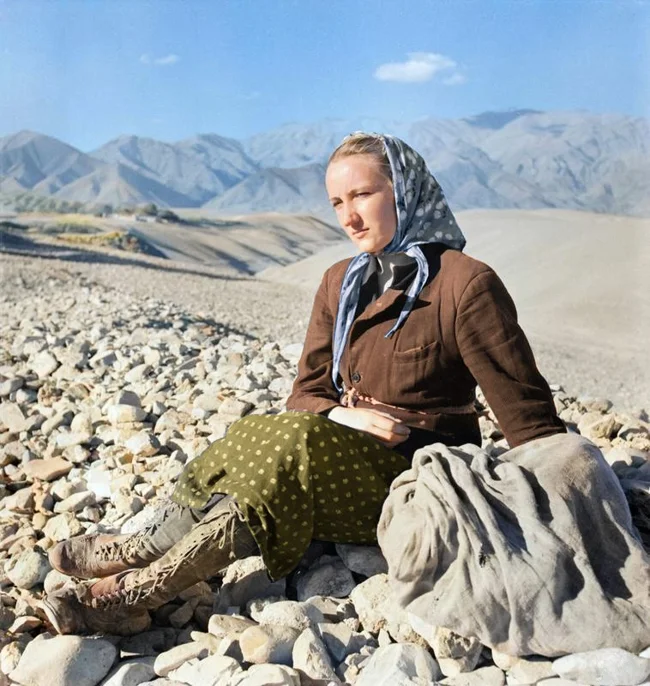
A Finnish soldier watches the burning village of Porosozero, 1944.
The Finns had a divisional headquarters in Porosozero. But in 1944, when the Red Army launched a successful offensive in Karelia, the enemy was forced to retreat. When the Finns left, they left nothing behind - they burned everything to the ground, following the scorched earth tactic. 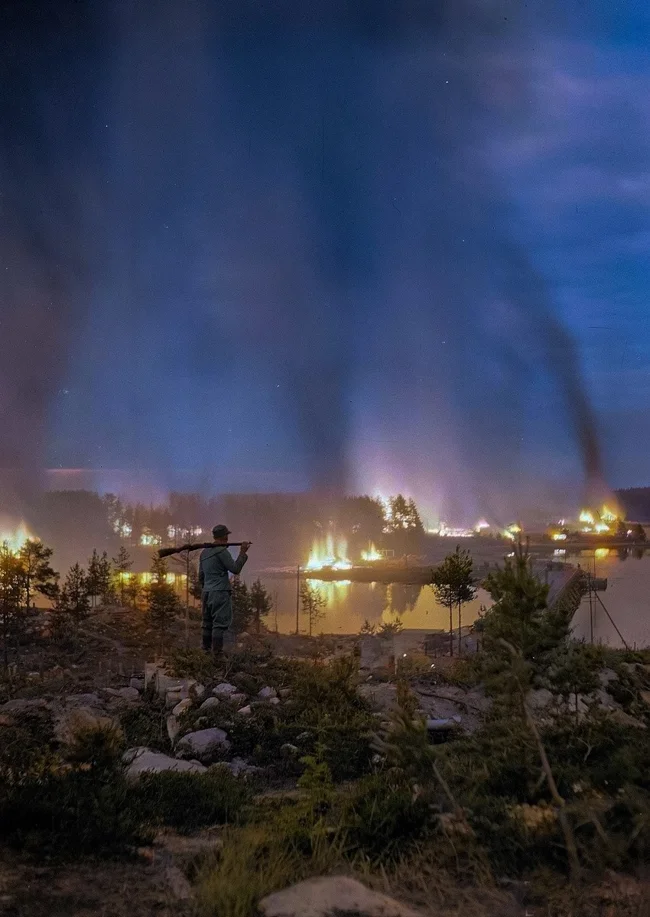
Children of Japanese internees play with models of their barracks at the Tule Lake Relocation Center. USA, California, 1942.
These children had done nothing wrong. They were born in America, spoke English, were proud of their neighbors, schools, and favorite comic books. But when Japan attacked Pearl Harbor, their lives changed dramatically.
Following President Franklin Roosevelt's Executive Order 9066 in 1942, more than 120,000 people of Japanese descent were forcibly moved to internment camps. Among them were more than 50,000 children, many of whom had no ties to Japan. 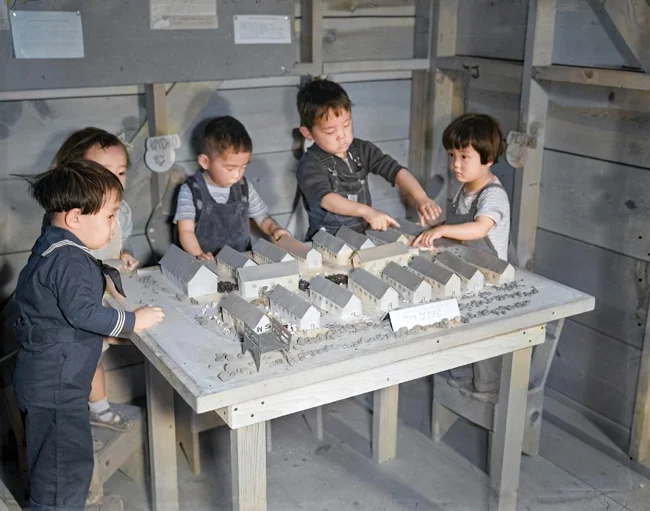
Home front. England, 1941.
Women slowly return from the fields of a farm near Epsom, Surrey. These aren't just any farm workers - they're members of the Women's Land Army, a unit that became a symbol of women's contribution to the British home front during World War II.
Created to replace men who went to the front, the WLA brought together over 80,000 volunteers who were ready to work in any weather, doing the hardest and most unusual work for women at the time - ploughing, planting, harvesting. 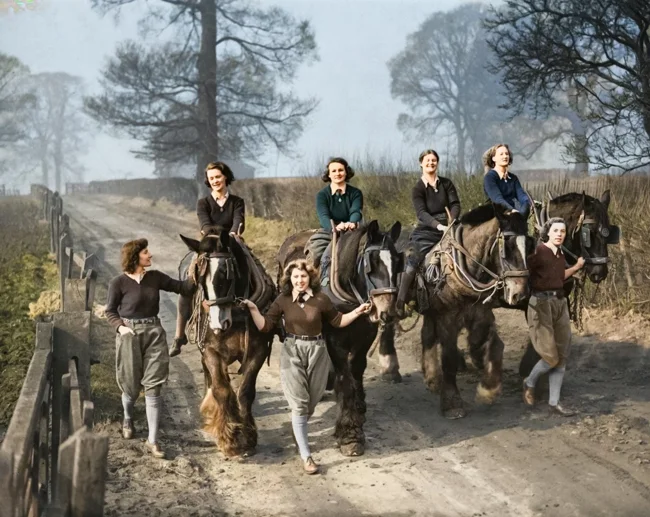
Norwegian children play near a bomb crater with the sunken battleship Tirpitz in the background, 1949.
This is a post-war frame, but the war is still audible in it. Its echoes have not died down for decades. 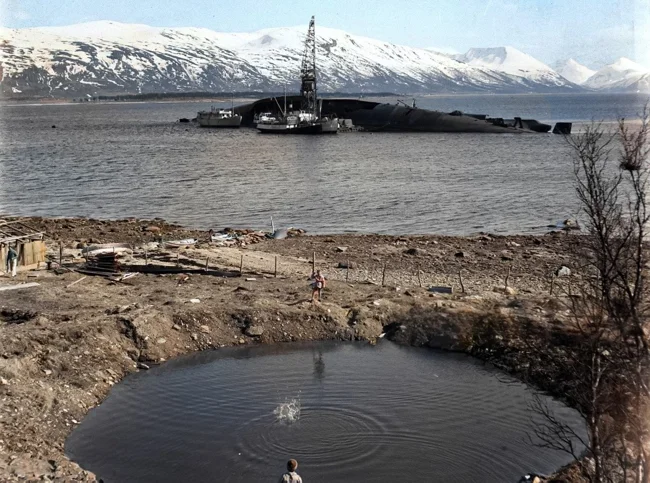
16-year-old Hitler Youth member K. Punzeller listens to an American sergeant reading out his life sentence for war crimes, 1945.
16-year-old Hitler Youth member Karl Arno Punzeller stands before an American military tribunal. In front of him is a sergeant who reads out a sentence full of harsh historical justice.
The teenager was caught red-handed when he was not yet 17 years old. He infiltrated the American army three times, collecting secret information and passing it on to the Nazis. For this, he was found guilty of espionage and sentenced to death.
However, age played a role: the commander of the 1st US Army, Lieutenant General Courtney Hodges, replaced the death penalty with life imprisonment. Thus, on February 6, 1945, the final verdict was announced.
Punzeller served 10 years in an American prison for war criminals. In 1955, he was released and deported to Germany. 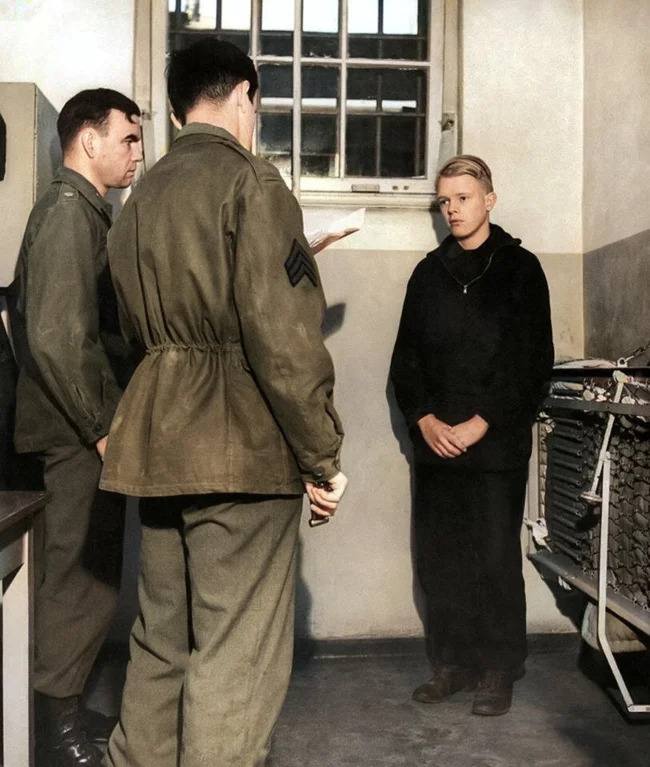
The fall of the American B-24L-10 Liberator bomber shot down over the city of Lugo (Italy), 1945. 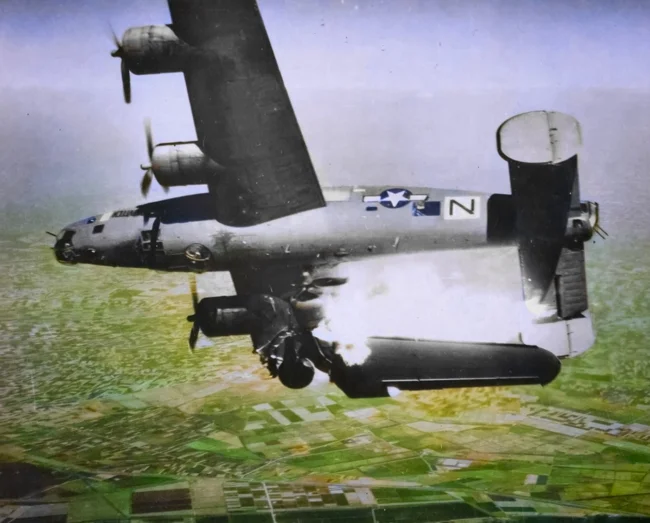
A captured German soldier at the Reichstag. May, 1945.
A famous photograph, often published in books and on posters in the USSR under the title "Ende" (German: "End"). Taken in the last days of the Great Patriotic War, it symbolized the triumph of victory and the fall of Nazism — that's how it was perceived in the USSR. The picture captures a moment full of drama: a defeated fascist, a collapsed ideology, the end of a nightmare. 